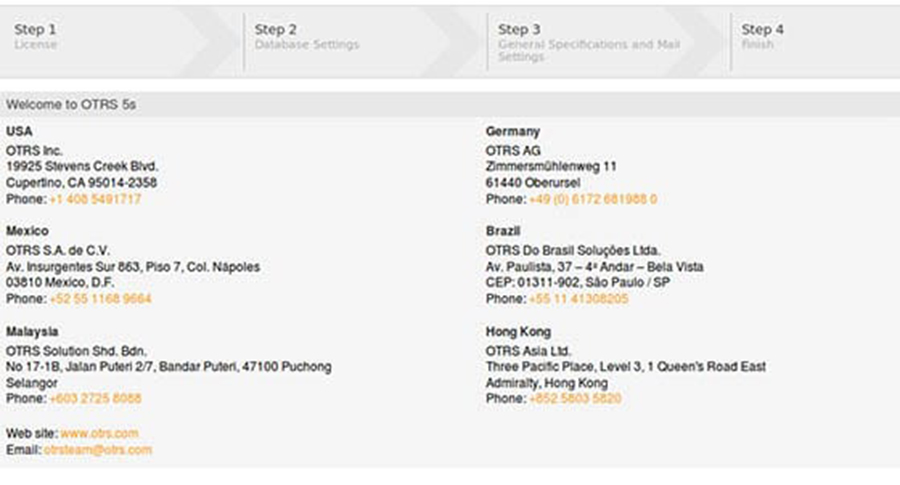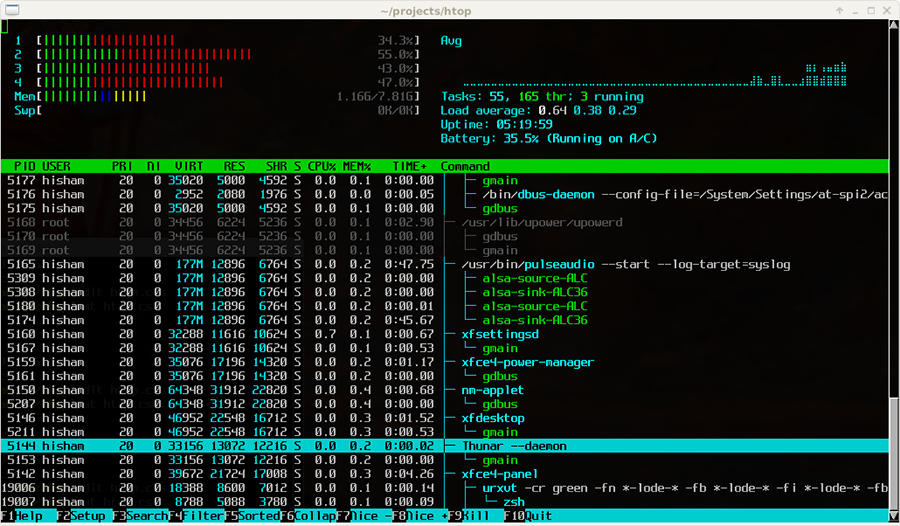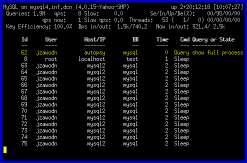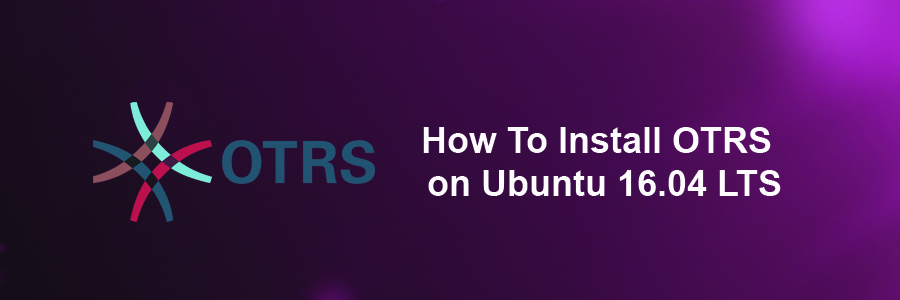OTRS (Open-Source Ticket Request System) is a web-based ticketing system, widely used by businesses for services like customer support, help desks and call centres. The software is separated into several parts, the main section being the OTRS framework, which contains all central functions for the application and the ticket system.
Install OTRS on Ubuntu 16.04 LTS
This article assumes you have at least basic knowledge of linux, know how to use the shell, and most importantly, you host your site on your own VPS. The installation is quite simple and assumes you are running in the root account, if not you may need to add ‘sudo’ to the commands to get root privileges. I will show you through the step by step installation OTRS on a Ubuntu 16.04 (Xenial Xerus) server.
Step 1. First make sure that all your system packages are up-to-date by running these following apt-get commands in the terminal.
sudo apt-get update
sudo apt-get upgrade
Step 2. Installing MariaDB.
Install MariaDB on the server using apt-get command:
sudo apt-get install mariadb-server
By default, MariaDB is not hardened. You can secure MariaDB using the mysql_secure_installation script. you should read and below each steps carefully which will set root password, remove anonymous users, disallow remote root login, and remove the test database and access to secure MariaDB:
mysql_secure_installation
Configure it like this:
- Set root password? [Y/n] y
- Remove anonymous users? [Y/n] y
- Disallow root login remotely? [Y/n] y
- Remove test database and access to it? [Y/n] y
- Reload privilege tables now? [Y/n] y
Once installed, OTRS require that you change the following settings:
nano /etc/mysql/my.cnf
Under the [mysqld] section, paste:
max_allowed_packet = 20M
query_cache_size = 32M
innodb_log_file_size = 256M
Start MariaDB with system:
systemctl start mysql
systemctl enable mysql
Step 3. Installing OTRS (OpenSource Trouble Ticket System).
First thing to do is to go to OTRS’s download page and download the latest stable version of OTRS:
wget https://www.otrs.com/thank-you-for-downloading-the-otrs-software/?download=otrs-5.0.16.tar.bz2
Unpack the OTRS archive to the document root directory on your server:
tar xpf otrs-5.0.16.tar.bz2
mv otrs-5.0.16 /opt/otrs
Check if the system contains all required PERL modules and install required modules with apt (as suggested by the script), executing the command:
perl /opt/otrs/bin/otrs.CheckModules.pl
Create a OTRS user:
useradd -d /opt/otrs -c 'OTRS user' otrs
usermod -G www-data otrs
Default config files In /opt/otrs, execute the following command:
cp Kernel/Config.pm.dist Kernel/Config.pm
Step 4. Configure Apache web server.
Check installed modules and configure Apache:
perl -cw /opt/otrs/bin/cgi-bin/index.pl
perl -cw /opt/otrs/bin/cgi-bin/customer.pl
perl -cw /opt/otrs/bin/otrs.Console.pl
If the response is “syntax OK” for all, it means that the Perl modules have been installed successfully.
Next, install the Apache web server and mod_perl, using apt-get command:
apt-get install apache2 libapache2-mod-perl2
In /opt/otrs there is a configuration file for Apache. Link it to the webserver configuration directory:
ln -s /opt/otrs/scripts/apache2-httpd.include.conf /etc/apache2/conf-enabled/zzz_otrs.conf
OTRS requires a few Apache modules to be active for optimal operation:
a2enmod perl
a2enmod headers
a2enmod version
a2enmod deflate
a2enmod filter
Finally, Restart the webserver so it will load new configurations:
systemctl restart apache2
We will need to change some folders permissions:
bin/otrs.SetPermissions.pl --web-group=www-data
Step 5. Accessing OTRS.
OTRS will be available on HTTP port 80 by default. Open your favorite browser and navigate to http://yourdomain.com/otrs/installer.pl or http://server-ip/otrs/installer.pl and complete the required the steps to finish the installation. If you are using a firewall, please open port 80 to enable access to the control panel.

Congratulation’s! You have successfully installed OTRS. Thanks for using this tutorial for installing OTRS (OpenSource Trouble Ticket System) on Ubuntu 16.04 Xenial Xerus server. For additional help or useful information, we recommend you to check the official OTRS web site.









